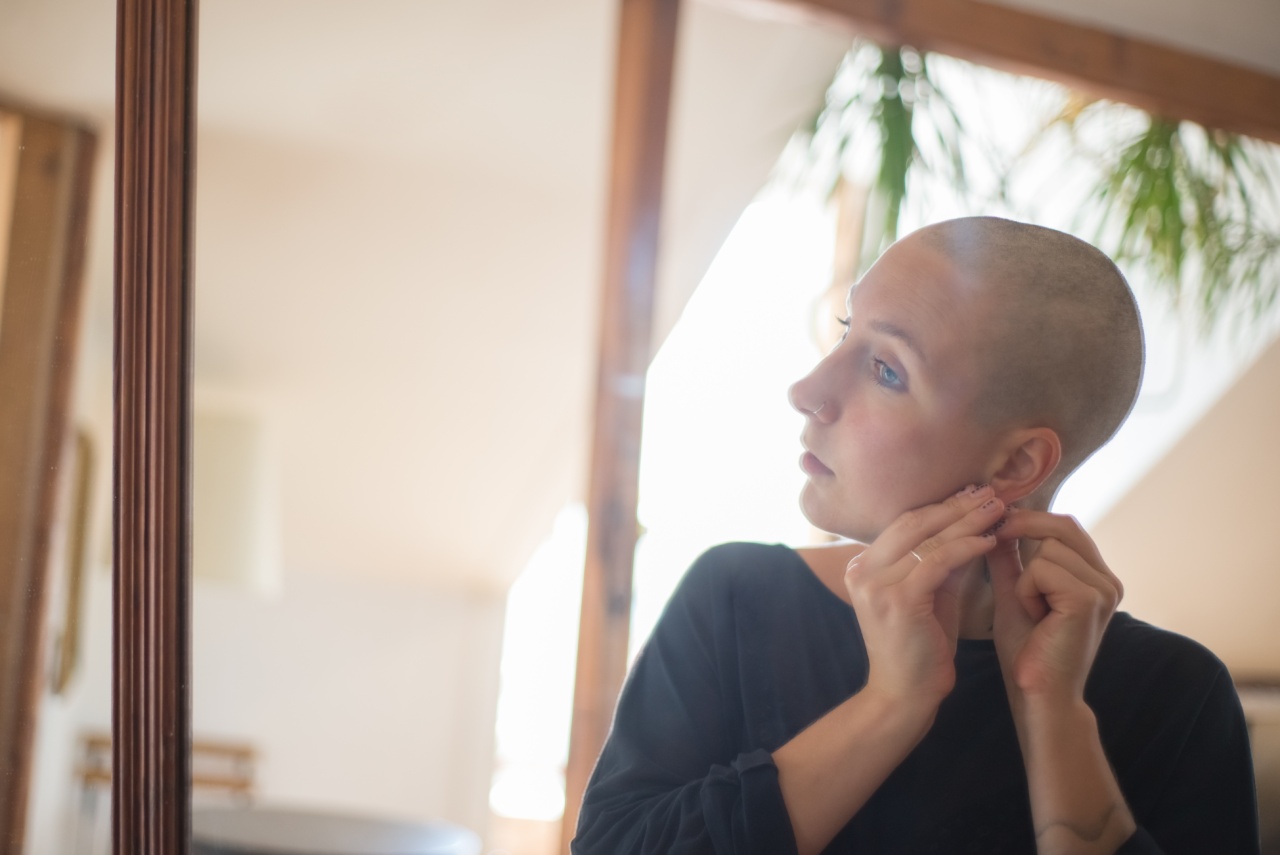Scientists have found an unlikely hero in the fight against cancer: a beetle known as the jewel scarab.
Beetle’s Superpower
What makes the jewel scarab so special? It has the ability to sniff out cancerous cells, detecting them from a distance.
Scientists at the University of Exeter in the UK have been studying this remarkable beetle in the hopes of finding new ways to detect and treat cancer.
The Science Behind It
The beetle has a unique structure in its antennae that allow it to detect certain molecules from a distance.
The University of Exeter researchers have been trying to reproduce this structure in the lab, in hopes of developing new cancer detection methods.
What Makes This Exciting
The ability to detect cancer from a distance could be a game changer in the field of oncology. Early detection is key to successfully treating many forms of cancer, and current screening methods are not always effective.
But if scientists can develop a way to detect cancer early, before it has a chance to spread, they could save countless lives.
Potential Uses for Cancer Detection
The jewel scarab’s abilities have many potential applications. For example:.
- Monitoring patients who have a high risk of developing cancer in the future
- Detecting cancerous cells in the blood or other bodily fluids
- Scanning tissue samples during surgery to determine if cancer has spread
What’s Next?
The University of Exeter researchers are still relatively early in their work with the jewel scarab. They are still trying to fully understand the beetle’s antennae structure and how it functions.
But they are optimistic about the potential applications of this research.
It may be years before this research leads to practical cancer detection methods, but the possibility is exciting. It is just one example of how nature can inspire scientific breakthroughs.
In Conclusion
The jewel scarab may seem like an unlikely hero in the fight against cancer, but its unique abilities are providing valuable insight into new methods of cancer detection.
With continued research, who knows what other surprises nature may have in store for us?.





























